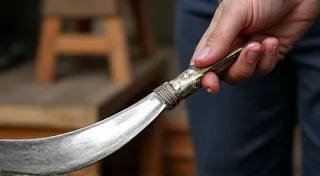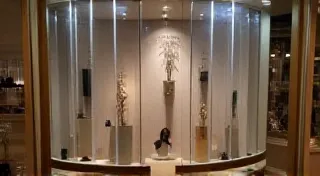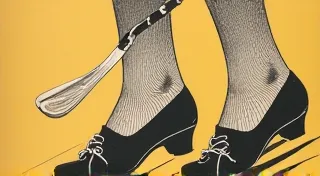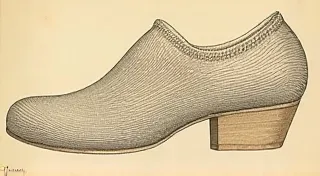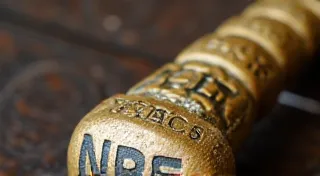Where to Find Vintage Shoehorns: Auction Houses, Antique Shops & Online
The humble shoehorn, once a ubiquitous accessory essential for preserving the shape and extending the life of fine shoes, has faded from everyday use. But its decline in practicality has transformed it into a fascinating and increasingly sought-after collectible. For those captivated by the history of fashion, design, and craftsmanship, vintage shoehorns offer a unique window into the past. But where does one begin the hunt for these charming relics? This guide explores the best places to find vintage shoehorns, from traditional auction houses to online marketplaces, equipping you with the knowledge to build a remarkable collection.
Understanding the Vintage Shoehorn Landscape
Before embarking on your search, it’s helpful to understand the variety of vintage shoehorns available. Production spanned decades, each era leaving its mark on design and materials. Early shoehorns (pre-1920s) were often simple, functional, and made of bone, ivory, or horn. The Art Deco period (1920s-1930s) brought a flourish of geometric patterns and opulent materials like sterling silver, enamel, and Bakelite. Post-war years (1950s-1960s) saw a rise in plastic and novelty designs, often reflecting popular culture. Knowing these eras helps you target your search.
Consider the materials: Bone, ivory (now ethically contentious - understand legalities and alternatives), horn, sterling silver, Sheffield plate, brass, Bakelite, celluloid, and various plastics are all common. The condition significantly impacts value. Expecting pristine condition for very old pieces is unrealistic, but significant damage or repairs will detract from collectibility. The artistry extends beyond the materials themselves; understanding how different handles were adorned is a fascinating aspect of collecting, and can often indicate significant value. For those interested in learning more, exploring the world of shoehorn handles: materials and embellishments can add another layer of appreciation.
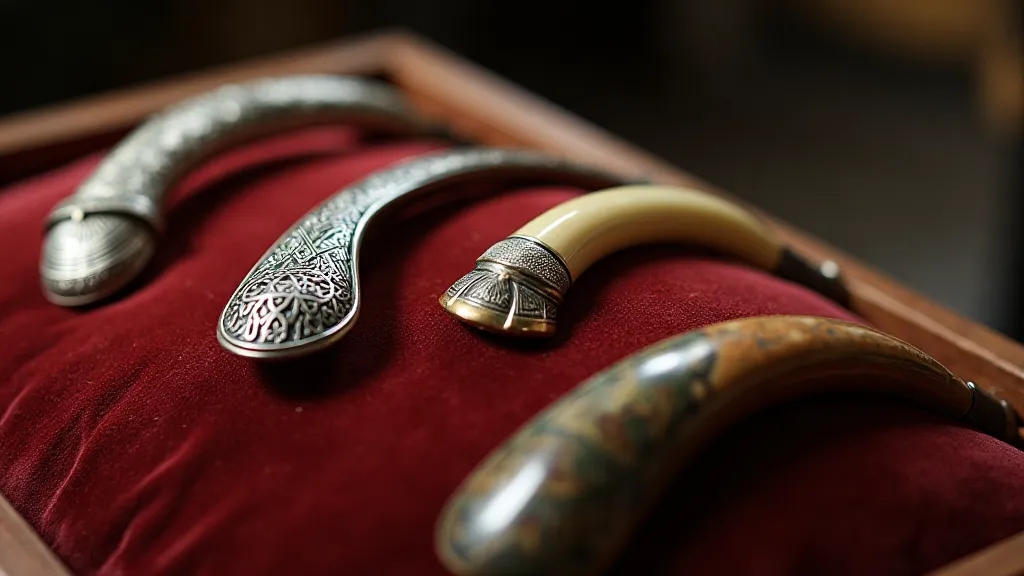
Auction Houses: A Treasure Trove for the Serious Collector
Auction houses, particularly those specializing in antiques and collectibles, offer a curated selection of vintage shoehorns. While prices can be higher, the potential for uncovering rare and significant pieces is substantial.
- Research Specialist Auctioneers: Look for auction houses known for their expertise in silver, antique accessories, or fashion history. Their catalog descriptions will be more detailed, and you’re more likely to find accurate provenance information.
- Local and Regional Auctions: Don’t overlook smaller, regional auction houses. These can be excellent sources for undiscovered gems, especially if you're familiar with local estate sales and families selling off heirlooms.
- Online Auction Platforms (Linked to Auction Houses): Many traditional auction houses now conduct online auctions, expanding their reach and offering more accessible bidding opportunities.
- Due Diligence: Examine the auction catalog meticulously. Look for descriptions that detail the material, dimensions, and any notable features. If possible, inspect the shoehorns in person before bidding. Ask questions about the condition and origin.
Budget Considerations: Auction prices are heavily influenced by demand. Be prepared to compete, and set a maximum bid. Remember to factor in buyer’s premiums and shipping costs. It's often a good idea to attend auctions in person to get a feel for the bidding process.
Antique Shops: A More Casual Exploration
Antique shops offer a more relaxed and browsing-friendly environment compared to auction houses. While the selection may be less curated, you can often negotiate prices.
- Specialized Antique Shops: Seek out shops specializing in antiques, vintage clothing, or accessories. The owners often possess a deeper knowledge and might be able to provide insights into the history of the shoehorns.
- General Antique Stores: Don't dismiss general antique stores. Shoehorns can often be overlooked and mixed in with other items.
- Haggling: Antique shop owners often expect haggling. Don't be afraid to politely inquire about a lower price.
- Condition Assessment: Carefully examine the condition of the shoehorn. Look for cracks, chips, or repairs.
Building Relationships: Developing a rapport with antique shop owners can be advantageous. They may alert you to new arrivals or offer you exclusive deals.
Online Marketplaces: A Vast and Accessible Resource
Online marketplaces have revolutionized the collecting world, offering a vast and accessible resource for finding vintage shoehorns. However, they also require increased caution and due diligence. Beyond the standard fare, understanding how women's shoehorns evolved is a fascinating niche within the broader collectible market. Investigating the evolution of women's shoehorns: form and function can help refine your search and appreciation for these accessories.
- eBay: eBay remains a significant platform for vintage collectibles. Utilize specific search terms (“vintage shoehorn,” “sterling silver shoehorn,” "art deco shoehorn").
- Etsy: Etsy’s focus on vintage and handmade items makes it a good place to find unique and often smaller-scale offerings.
- Online Antique Dealers: Several online antique dealers specialize in accessories and offer a more curated selection than broader marketplaces.
- Facebook Marketplace & Groups: Local Facebook Marketplace and collector groups can sometimes yield unexpected finds.
- Scrutinizing Listings: Carefully examine photos and read descriptions meticulously. Ask sellers questions about the shoehorn's condition, materials, and history. Request additional photos if needed.
- Seller Reputation: Check seller ratings and reviews before making a purchase.
- Payment Security: Use secure payment methods like PayPal that offer buyer protection.
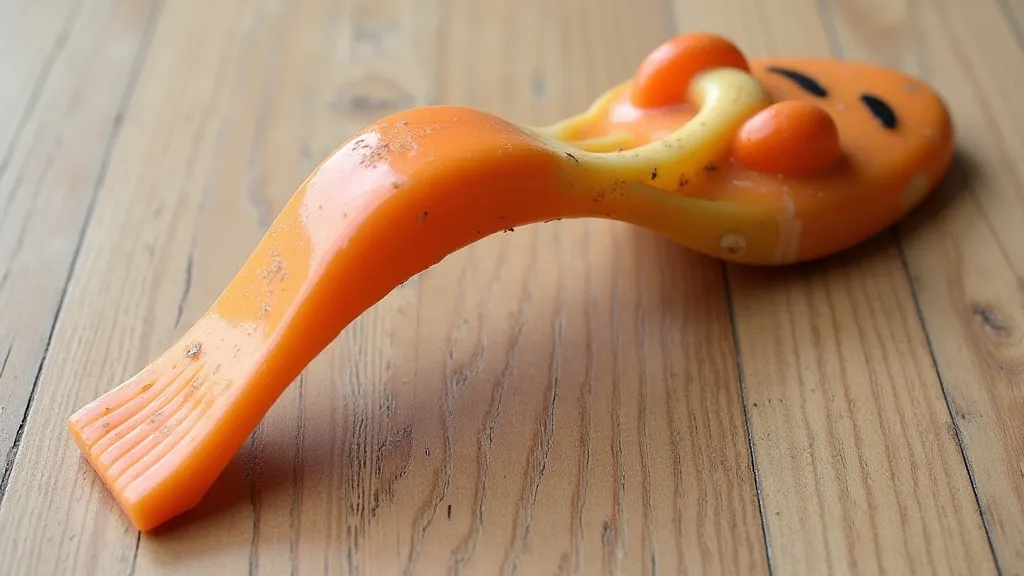
Beyond the Hunt: Caring for Your Vintage Shoehorns
Once you’re in possession of your vintage shoehorns, proper care and storage are essential to preserving their condition. Avoid exposure to direct sunlight or extreme temperatures. Clean gently with a soft cloth. Store them in a protective bag or box to prevent scratches and tarnish. Often overlooked, proper cleaning techniques are critical for maintaining a collection's longevity. Examining the best approaches for caring for your vintage shoehorn collection: preservation tips offers invaluable insights.
Developing Your Eye and Knowledge
Collecting vintage shoehorns is more than just finding objects; it's about appreciating history and craftsmanship. Immerse yourself in the world of fashion history and accessory design. Read books, browse online archives, and join collector forums. The more you know, the better equipped you'll be to identify valuable pieces and build a collection you’re truly proud of. The combination of design, artistry, and functionality makes a compelling case for these overlooked accessories. Exploring the rich history surrounding these items truly unlocks a deeper appreciation for their place in fashion's narrative.
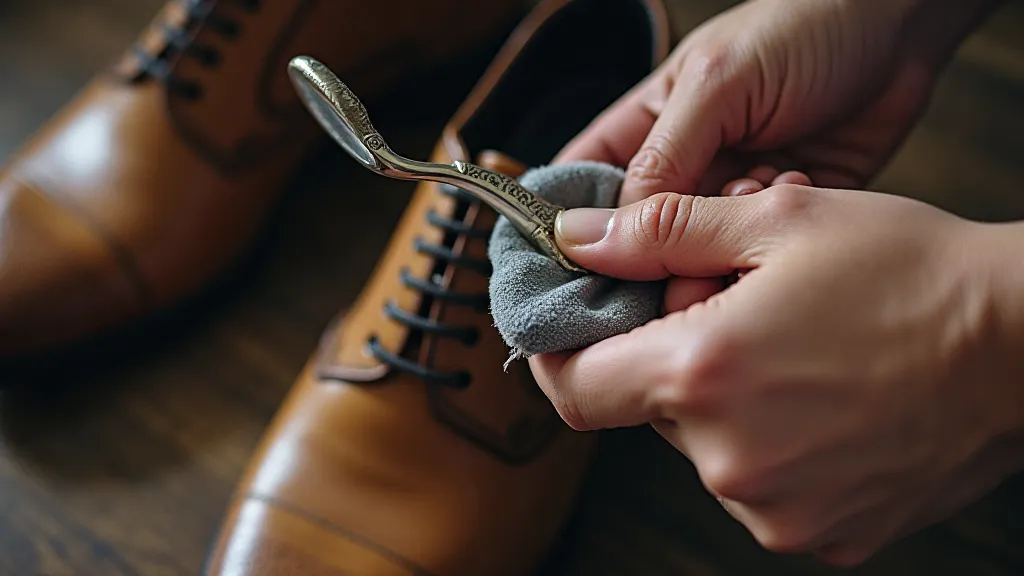
Collecting vintage shoehorns offers a fascinating journey into the world of fashion history and design. By utilizing these resources and developing your knowledge, you can build a collection that is both beautiful and historically significant.
